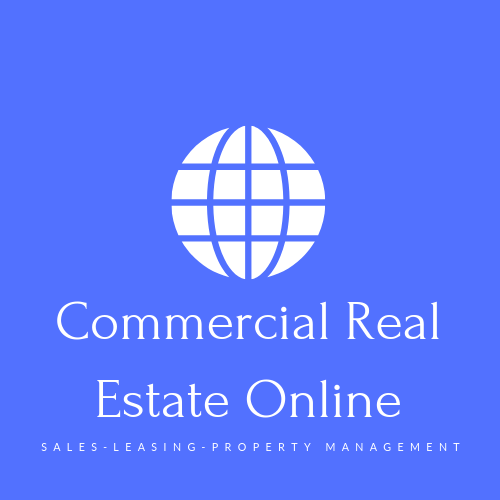The services that you provide in commercial property management are quite special and should be costed accordingly. Care and consideration is required when you are considering establishing a new fee or quoting on a property management service. There are variables at play that could have an impact on your fees suitability and amount.
(N.B. these ideas are also sent out to regularly to our friends in Commercial Real Estate Online Snapshot to help amplify brokerage results…. Get your access here)
So what is the problem?
If you set the wrong fee in quoting on a property management service, you could position yourself for loss of income over time when compared to the time you are committing to the property and the client. Under resourcing is a big problem in our industry.
Don’t provide the client with a low fee quotation simply to win the new business opportunity as a property management appointment. Understand the property, the client, and the tenancy mix before you set and finalize the fees for service. Look at the ‘big picture’.
So what do you do here?
You should understand all of the property issues that may put pressure on your management services. Many an agent has lost a property management client and property appointment simply because the agent has been unable to control the property efficiently and improve performance over time; under quoting the fee will very likely create that issue.
So what do you need?
You need the right people and the right processes to manage a complex office or retail building today. Don’t underestimate the required skills of the process and the demands of the property. Match the people and the processes to the property.
Here is another error that is all too common. As a general rule, don’t set your fees based on a percentage of passing income. Whilst that may percentage approach be an industry standard in your location, it is only an indicator and should be compared to many other factors and choices. There are other things to look at and consider before you finalize your fee structure and client services.
Assess all the factors
Consider the following factors as you work through this process of property management assessment and opportunity:
- Landlord requirements – some landlords are unique and special when it comes to property management requirements and services. The complexity of the property and the cash flow can very likely create pressures on reporting and financial controls. You could find yourself generating many variations of reporting to satisfy the challenges of the property and the clients requirements for information. Interview the client as the landlord before you quote on the final fees for service.
- Property complexity – inspect the property completely and thoroughly. There may be issues in the property to control and manage over time. Look specifically into the issues relating to maintenance, rentals, vacancies, lease management, tenant volatility, and property performance. Every property will have certain strengths to work with, and weaknesses to work through and resolve. The weaknesses are the ones that will challenge your task and time management. The weaknesses will also threaten the cash flow and property occupancy over time. Create a business plan for the property to address the known and upcoming weaknesses.
- Tenant mix – review the tenancy mix as you inspect the property. Understand the tenants that are trading well and those that are struggling. Identify the tenants that may be under some form of pressure and develop a base plan as to how you may manage that occupancy and improve the overall results. It is a good idea to incorporate a tenant retention plan into the property performance strategy.
- Time based comparisons and assessments – when you first take on the property under management, it is likely to be a busy period of time for the first few months as you work through leases, tenants, and maintenance issues. The question to consider here will be how you can get the property under control effectively and efficiently. Some properties can take months to reshape and control. If you are about to commence management of that type and intensity, be very careful as to how you set your fees for service.
- Lease review – look at all the lease documents for the property and the tenancy mix. To do that you will need to read the documents comprehensively and thoroughly before you make your choices on fees and management strategies. Look for the weaknesses in lease structure, property occupancy, and tenant performance. The leases will also show you the occupancy challenges in the property with fresh vacancies potentially coming up. You will need a strategy to work with those potential vacancies and optimize the result for the landlord client.
- Income and expenditure review – the history of the property can tell you something about financial management and cash flow. Understand how the income has been changing over time and if there are any weaknesses in market rental currently. Rental and income weaknesses need to be identified and addressed quickly and efficiently. Comparisons to the prevailing market conditions will be required, and negotiations will need to be commenced as soon as possible. Seek your landlord instructions and comments as part of an income review and opportunity assessment. Know all the facts. Also review the expenditure within the property and the history of net income. Has the property being improving through good financial management or are their hurdles to address? Are there issues or weaknesses of current and future income, and will there be expenditure volatility to be dealt with?
So there are many things to look at when it comes to pricing your commercial property management services. Understand the client, the property, and the tenancy mix before you set the final fees and commence your professional services. Build your brokerage portfolio with care.

